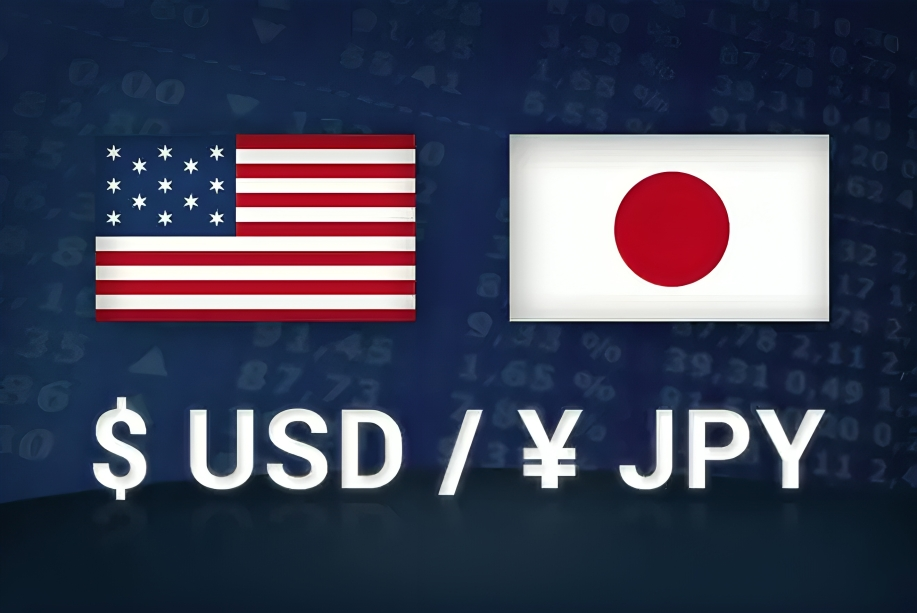US Dollar Retreats After Hawkish Comments from Bowman Amid China Stimulus
The US Dollar (USD) eased on Tuesday after Federal Reserve Governor Michelle Bowman delivered hawkish remarks, creating uncertainty about the anticipated rate cut in November. Meanwhile, Asian equity markets surged, driven by China’s announcement of a large-scale stimulus plan. The US Dollar Index (DXY) remained in a tight range, unable to break significantly in either direction.
China Stimulus Boosts Market Sentiment
China’s stimulus measures, announced during early Tuesday’s Asian trading hours, played a significant role in calming markets. The Chinese government introduced a liquidity injection amounting to 500 billion Yuan (CNY), aimed at revitalizing its slowing economy. The stimulus plan includes a key component: a liquidity line from the People’s Bank of China (PBoC), which will allow funds and brokers to access cash for stock purchases.
This move has been welcomed by equity markets, with both the Hang Seng and the Shanghai Shenzhen Index closing over 4% higher on Tuesday. The liquidity injection is expected to boost market confidence in China’s economic recovery efforts, which had been faltering due to a series of disappointing economic data releases in recent months. The cash infusion is expected to have far-reaching impacts on global markets, as China is a key player in the world economy.
Fed’s Rate Cut Uncertainty Grows After Hawkish Bowman Comments
While the Chinese stimulus injected optimism into global markets, traders in the US Dollar market were left uncertain after hawkish comments from Federal Reserve Governor Michelle Bowman. Despite widespread expectations of a rate cut in November, Bowman warned that the Federal Reserve should remain vigilant about inflation risks. She noted that there are still more jobs than people seeking employment, signaling a strong labor market, which could complicate the Fed’s efforts to bring inflation down to its target.
Bowman’s comments created some unease among traders, as the market had been expecting a more dovish stance from the Fed. The Fedwatch Tool from the CME Group now shows a 51.5% chance of a more aggressive 50-basis-point rate cut at the November 7 meeting, while the likelihood of a 25-basis-point cut sits at 48.5%. This divergence in expectations is causing uncertainty in the market, with traders hesitant to take strong positions on the USD ahead of more data releases.
US Economic Data: Richmond Fed Manufacturing Index and Consumer Confidence
On the economic data front, Tuesday saw the release of a relatively light calendar of US indicators. The Richmond Fed Manufacturing Index for September is expected to show a slight improvement, forecasted to rise to -17 from -19 in August. This will be closely watched as a key indicator of the health of the US manufacturing sector, which has been under pressure in recent months due to rising input costs and weakening demand.
Additionally, the Housing Price Index for July came in slightly softer than expected at 0.1%, compared to the forecasted 0.2%. The US consumer confidence reading for September, expected at 104.0, will also be a critical indicator to watch. A higher reading would suggest that American consumers remain optimistic about the economy, which could give the USD some support.
Geopolitical Tensions: UN Emergency Meeting on Lebanon
Adding to the uncertainty in global markets is the escalating geopolitical tension in the Middle East. An emergency United Nations meeting has been called to address the situation in Lebanon, following an intense bombing by Israel over the weekend and on Monday. The conflict has seen casualties rise, with many of the victims being civilians, including women and children.
These developments have pushed investors toward safe-haven assets like gold, which surged to new highs on Tuesday. The increased geopolitical risk could also influence the USD as traders assess the potential for further instability in the region and its impact on global markets.
US Dollar Index Technical Analysis: Stuck in a Range
The US Dollar Index (DXY), which measures the value of the USD against a basket of other major currencies, remained stuck in a narrow range on Tuesday, struggling to break out of September’s bandwidth. The DXY has been trading near yearly lows, and traders are awaiting more data to determine the USD’s next move.
From a technical analysis perspective, the upper level of the September range remains at 101.90, with a further upside target at 103.18. Along the way, the 55-day Simple Moving Average (SMA) at 102.51 will provide intermediate resistance. If the DXY continues to rise, it could face resistance at the 100-day SMA at 103.66 and the 200-day SMA at 103.77, just ahead of the key 104.00 round number.
On the downside, support is seen at 100.62, the low from December 28, 2023. A break below this level could open the door to further weakness, with the next support level being the July 14, 2023, low at 99.58. If that level fails to hold, the DXY could test early 2023 lows near 97.73.
US Treasury Yields: A Mixed Picture
US Treasury yields, which are a key driver of the US Dollar’s value, remained relatively stable on Tuesday. The 10-year benchmark rate was trading at 3.79%, flirting with a fresh September high. The direction of Treasury yields will be closely watched in the coming weeks, as they reflect market expectations for future Fed rate cuts. A significant move higher in yields could support the USD, while a decline could weigh on the currency.
The US Dollar retreated slightly on Tuesday as traders weighed hawkish comments from Federal Reserve Governor Michelle Bowman against expectations of a significant rate cut in November. Meanwhile, China’s stimulus plan provided a boost to global equity markets, while the DXY remained stuck in a narrow range near yearly lows. With key economic data, including the Richmond Fed Manufacturing Index and consumer confidence readings on the horizon, traders are likely to remain cautious as they assess the USD’s next move. Additionally, geopolitical tensions in the Middle East add another layer of uncertainty, driving safe-haven flows and impacting market sentiment.




